Hindu Vedic Wedding Traditions Guide – What you must know
In a land so rich culturally, marriage is considered to be a union of mind, body and soul amongst individuals. The customs and rituals of the ceremony may vary with diverse traditions, language and regional differences. But the tenets of a Hindu Vedic wedding remain the same with each ritual or custom having its own significance.
Typical traditions followed in a Vedic wedding ceremony:
Vara Satkaraah – The day begins with the welcome of the groom by the bride’s family. In some cultures, the mother of the bride welcomes him, while in others, it will be her brother. The groom then moves towards the Mandap.
Dakshina – The bride and groom seek the blessings of their parents and their to-be parents-in-law by offering them Dakshina in a betel leaf.
Mangalsutra – In Malayali Vedic weddings, the Mangalsutra is called a ‘Thaali’ (a leaf-shaped locket strung on a yellow thread which the groom ties around the bride’s neck). At the destined auspicious moment (the Muhurtham), the priest blesses the Thaali and hands it over to the groom. Nadaswarams fill the air, loud and fast, muffling any inauspicious sounds at the critical hour. Then, the couple exchange garlands, accepting each other as husband and wife and agreeing to share their lives together.
Laja-Homah – The bride offers puffed rice as an oblation into the sacred fire while keeping her palms over her groom’s.

Pani-Grahan – Then, the father of the bride gives his daughter away symbolically. The groom takes the right hand of his bride and accepts her as his wife throughout life.
Saptapadi – The couple takes seven steps around the holy fire, representing nourishment, strength, prosperity, happiness, progeny, long life and harmony and understanding.
Arundhati Nakshatra – After the wedding ceremony, the groom shows his bride the double stars of Arundhati and Vashishta. Arundhati and Vasishta were a married couple and is considered as an ideal couple, symbolic of marital fulfilment and loyalty.

Anna Prashan – The couple makes food offerings to the fire, and then feeds each other a small piece of food symbolizing eternal love and compassion.
Aashirvadah – Concluding the Vedic wedding, the couple takes blessings from the family elders by touching their feet.
Other Vedic wedding rituals:
Other than these rituals, Vedic weddings have customs unique to their family, region and belief. On the eve of the wedding day, there are functions such as Mehendi and Haldi. The day ends when the newly married couple leaves to the groom’s family. No two Indian weddings will be the same – This is the result of the rich cultural diversity that India is home to. To know more about the different wedding traditions followed in India, follow our blog.
(Read about Nair wedding traditions, click here)






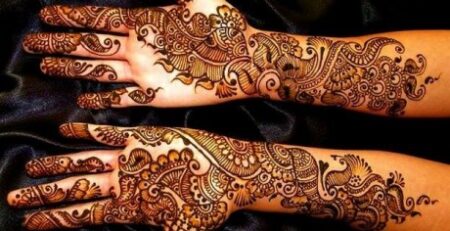
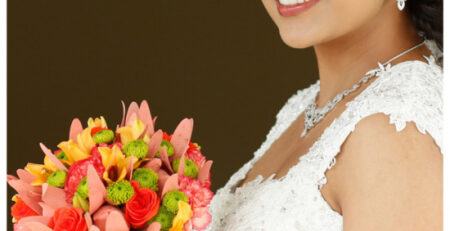
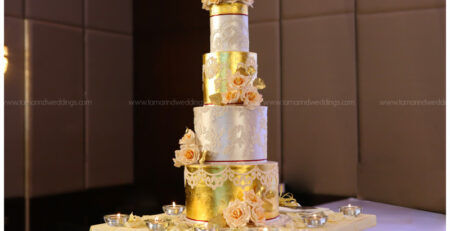
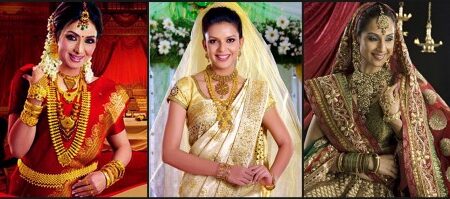


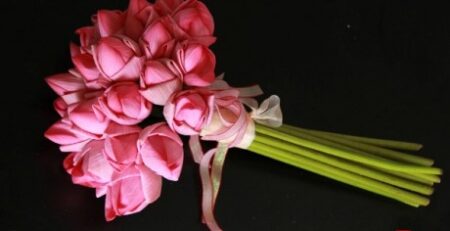
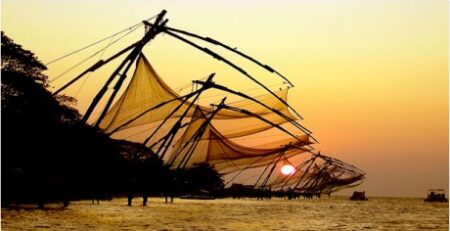
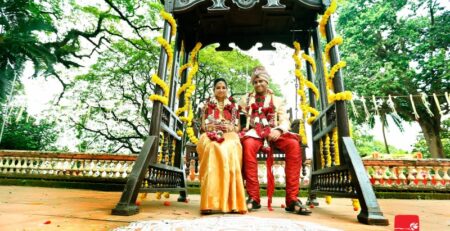
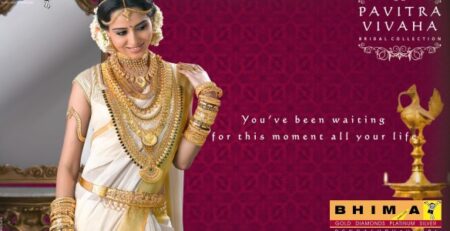
Leave a Reply